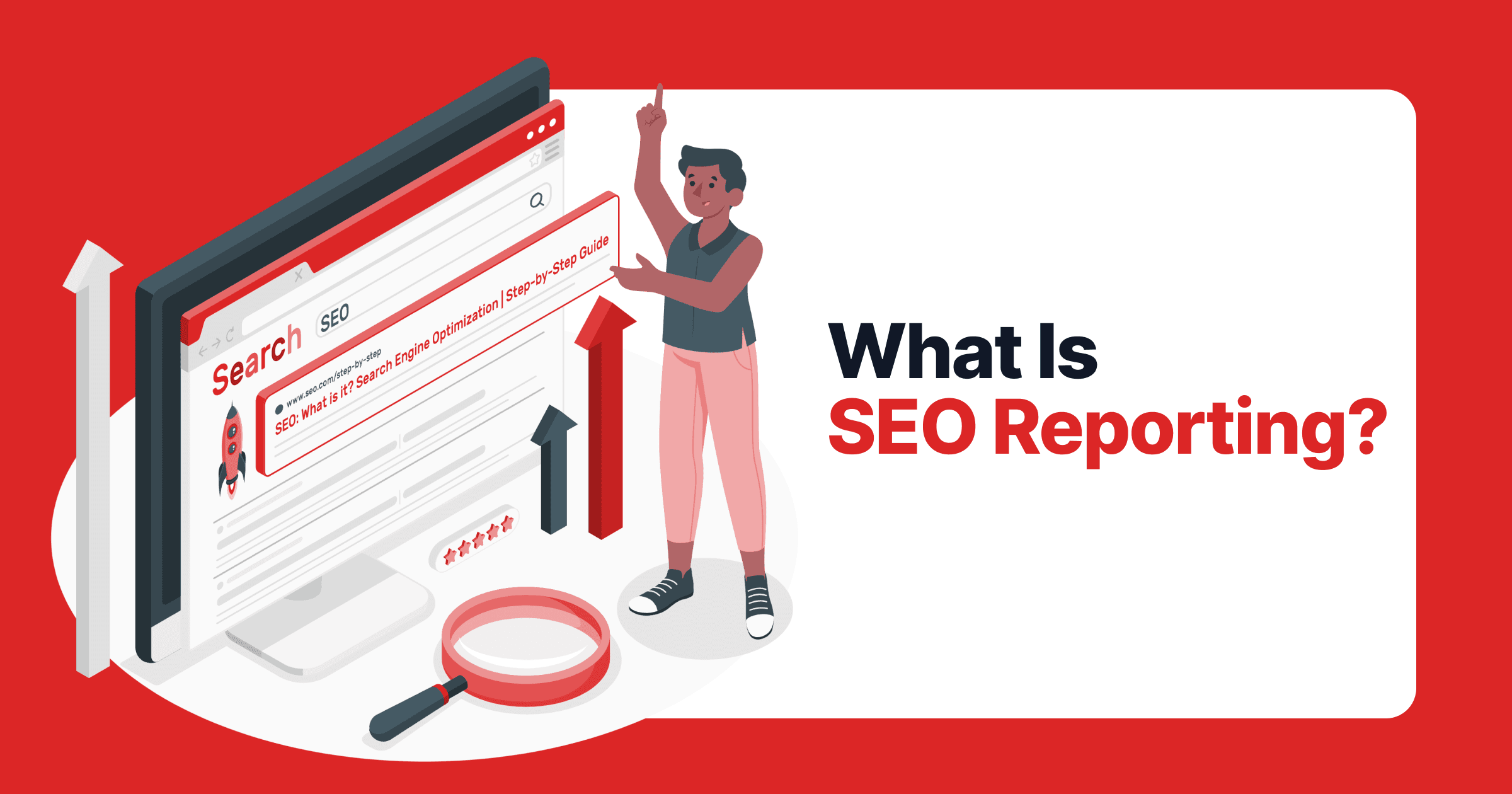Optimization Mastery: Linkdaddy's Strategies for Raising SEO Performance
Wiki Article
SEO Vs. SEM: Understanding the Trick Differences
SEARCH ENGINE OPTIMIZATION, which stands for Search Engine Optimization, focuses on enhancing a website's presence and organic position on search engine results pages. On the other hand, SEM, or Look Engine Advertising and marketing, entails paid advertising to enhance a web site's visibility on search engines. Recognizing the key differences between SEO and SEM is critical for companies looking to enhance their online presence and drive web traffic to their internet sites.
Meaning of Search Engine Optimization
SEARCH ENGINE OPTIMIZATION, or Browse Engine Optimization, describes the technique of enhancing sites to enhance their visibility and positions on search engine results web pages (SERPs) It entails numerous strategies and techniques focused on raising organic, or non-paid, website traffic to a website. The supreme goal of SEO is to improve an internet site's online presence and attract more targeted visitors.Among the essential elements of search engine optimization is keyword optimization (https://buzzingasia.com/news/linkdaddy-announces-agency-backlink-local-business-directory-listings-service/458323). This involves carrying out complete study to determine pertinent keyword phrases that users are most likely to look for when searching for info or items associated with a specific website. By integrating these search phrases tactically right into the website's material, meta tags, and URLs, SEO intends to enhance the site's importance and ranking for those specific search terms
Another vital element in SEO is on-page optimization. This involves maximizing different aspects on a website, such as title tags, headings, images, and inner web links, to make them more search engine-friendly (Linkdaddy). By making certain that these aspects are appropriately structured and appropriate to the internet site's content, search engine optimization helps browse engines recognize the context and importance of the website
Additionally, search engine optimization additionally includes off-page optimization methods, such as web link building. This includes getting high-grade back links from various other reliable web sites, which indicates to browse engines that the site is reliable and reliable. By developing a solid network of back links, SEO enhances a website's integrity and improves its opportunities of placing higher in search engine result.
Interpretation of SEM
SEM, or Online Search Engine Advertising, is an advertising and marketing approach that entails advertising internet sites and boosting their exposure through paid advertising and marketing on online search engine results web pages (SERPs) Unlike SEO, which concentrates on enhancing websites to enhance organic search rankings, SEM makes use of paid marketing to drive website traffic to a web site.One of the crucial elements of SEM is pay-per-click (PAY PER CLICK) advertising and marketing. With pay per click, advertisers proposal on keyword phrases that relate to their target market. When a customer look for those search phrases, the advertisements show up on top or side of the search results. Marketers just pay when an individual clicks on their ad, therefore the term "pay-per-click."

SEM also includes various other types of paid marketing, such as display screen ads, remarketing advertisements, and purchasing advertisements. Show advertisements are banners or visual ads that appear on web sites within the Google Display Network. Remarketing ads target individuals that have actually previously checked out a site, serving them ads as they browse various other sites. Shopping ads, on the other hand, promote details items and present pertinent details, such as rate and schedule.
Purposes of SEO and SEM
The goals of both seo (SEO) and online search engine advertising (SEM) focus on enhancing a website's presence and driving targeted website traffic. Nonetheless, the methods and strategies used by each vary dramatically.The primary goal of SEO is to improve a site's natural search ranking on search engine results web pages (SERPs) This is attained by optimizing various elements on the site, such as web content, meta tags, and website structure, to make it more enticing and appropriate to search engines. By doing so, SEO intends to bring in more natural traffic from customers actively looking for relevant keywords or subjects.
On the various other hand, SEM concentrates on increasing a website's presence via paid advertising on online search engine. The main objective of SEM is to drive targeted web traffic to a site by bidding on keywords and showing advertisements in internet search engine outcomes. This strategy allows businesses to reach a larger target market swiftly and properly.

Trick Components of SEO
To successfully apply SEO, it is crucial to recognize the key components that add to improving an internet site's organic search ranking. These parts can be broadly classified right into off-page elements and on-page aspects.On-page elements describe the aspects that are directly present on an internet site and can be maximized for better online search engine presence. This consists of the site's material, key phrase use, meta tags, URL framework, page titles, and headings. By maximizing these aspects, internet search engine can better understand the importance and context of the web site's web content, resulting in higher rankings.
Off-page elements, on the other hand, concentrate on outside signals that influence a website's authority and trustworthiness. This consists of backlinks from other trusted internet sites, social media signals, and on-line points out (https://dailynewyorknews.com/press/linkdaddy-announces-agency-backlink-local-business-directory-listings-service/102516). The even more appropriate and high-quality back links a site has, the far better its chances of placing greater in search engine results pages
Additionally, customer experience is an essential part of search engine optimization. seo company. Internet search engine focus on internet sites that use a favorable user experience, including fast packing times, mobile-friendliness, and simple navigation
Trick Components of SEM
In contrast to search engine optimization, SEM includes an unique set of essential parts that focus on paid advertising and driving immediate visibility in search engine outcomes. These elements include online search engine advertising, also called pay-per-click (PPC) advertising, keyword research, ad creation, and project administration.Online search engine advertising and marketing is a crucial part of SEM. When those key phrases are searched, it involves bidding process on key words appropriate to your business and producing message or display screen advertisements that will show up in search engine results. With search engine marketing, you can target particular demographics, locations, and even time of day to reach your desired audience.
Keyword research study is an additional essential part of SEM. It entails recognizing the keywords that your target market is utilizing to look for products or solutions similar to your own. By performing detailed keyword research, you can maximize your ads and ensure they are shown to the best people at the correct time.
Advertisement development is the process of establishing compelling and persuasive ads that will certainly tempt customers to click on them. Well-crafted advertisements have a solid call-to-action, relevant messaging, and a clear value recommendation.
Lastly, campaign monitoring includes surveillance and maximizing your SEM projects to ensure they are executing properly. This consists of tracking metrics such as click-through prices, conversion rates, and roi (ROI) to make data-driven choices and achieve the very best results.
Final Thought
SEO concentrates on maximizing web sites to enhance organic search positions, while SEM includes paid marketing to boost presence on search engine results web pages. Comprehending the differences in between SEO and SEM is important for services to develop an extensive online advertising approach.SEO, which stands for Look Engine Optimization, concentrates on improving a site's presence and organic ranking on search engine results web pages. On the other hand, SEM, or Browse Engine Advertising and marketing, entails paid advertising to boost a site's presence on search engines (link building).SEO, or Look Engine Optimization, refers to the method of maximizing internet sites to boost their presence and positions on search engine results have a peek at this site pages (SERPs)The main objective of Search engine optimization is to boost an internet site's organic search ranking on search engine results web pages (SERPs) Search engine optimization focuses on optimizing internet sites to boost natural search positions, while SEM entails paid advertising and marketing to raise exposure on search engine results pages
Report this wiki page